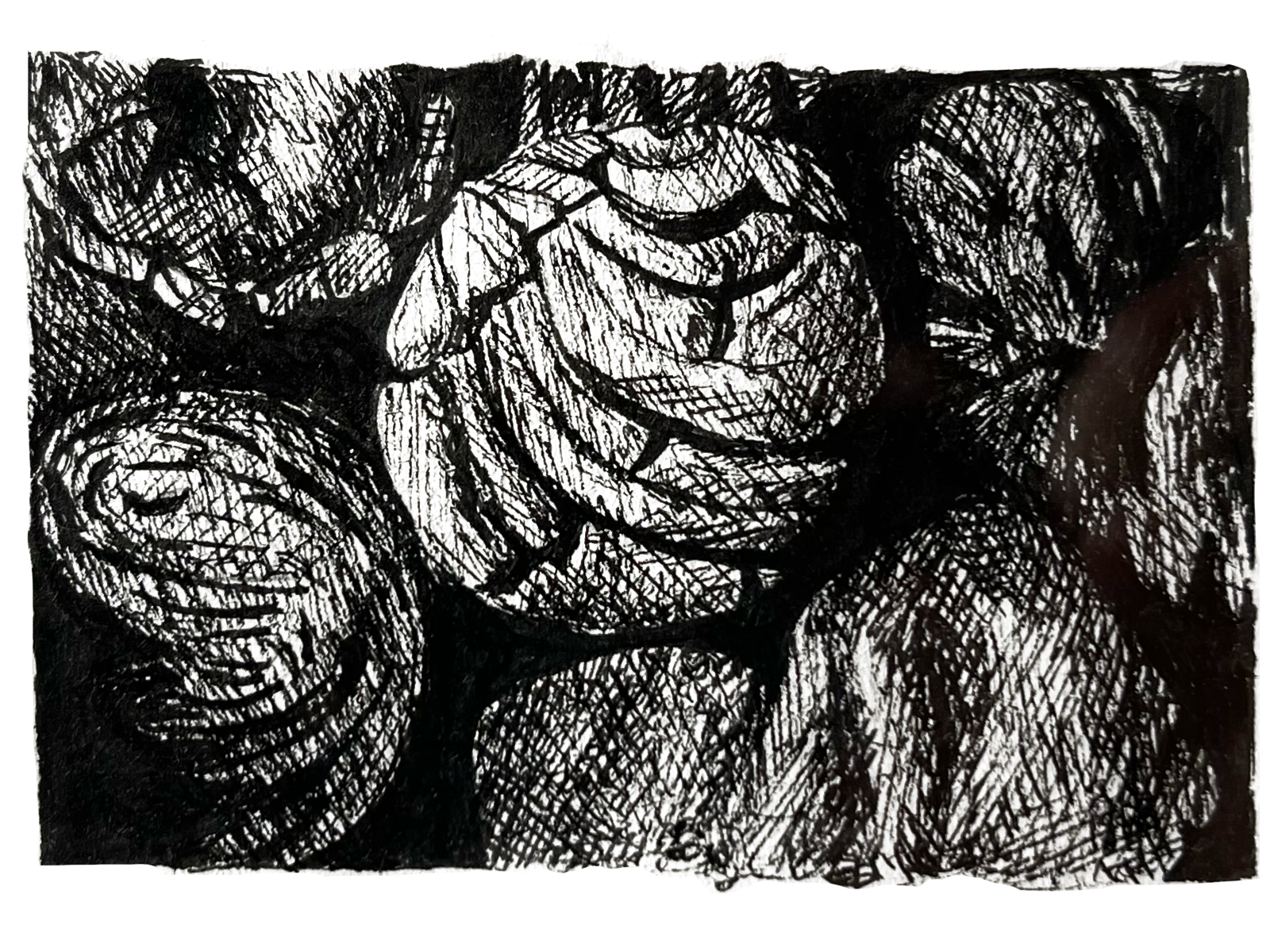On The
Pastry War
11.29.2023, archive, notes

There’s a mezcal bar in Houston named after the Mexican-French conflict that began in 1838 called the Pastry War. The bar takes pesos for payment and proudly does not serve pastries. According to their cocktail menu and two of our contributors, the Pastry War began when a French pastry cook living near Mexico City was denied government funding after his restaurant was vandalized by drunk Mexican bandits (some sources say they ate cake & pastries without paying). The denial of money for repairs narrows down to a debt and lack of government leadership problem on Mexico’s end.
Mexico suffered tumultous years following its independence from Spain in 1821. Government leaders were continuously replaced and crime was unusually common. France was an important trade partner to Mexico at the time, and this gave rise to the immigration of French citizens to Mexico. Pastry cooks in particular moved to Veracruz and Mexico City to open bakeries, introducing their recipes and traditions such as brioche bread (the mother recipe of conchas). But immigrants weren’t backed up very well by the Mexican government. Thus when Monsieur Remontel’s bakery was looted, he demanded a dramatic amount of money, and upon being rejected he wrote to the French government with a complaint.
The French could have ignored Remontel’s plea, but Mexico was already greatly indebeted to them; so they took advantage of the case and sent a fleet to blockade the port of Veracruz, one of the most important in the gulf area. The Mexican Navy was captured and Mexico declared a war on France.
Mexico suffered tumultous years following its independence from Spain in 1821. Government leaders were continuously replaced and crime was unusually common. France was an important trade partner to Mexico at the time, and this gave rise to the immigration of French citizens to Mexico. Pastry cooks in particular moved to Veracruz and Mexico City to open bakeries, introducing their recipes and traditions such as brioche bread (the mother recipe of conchas). But immigrants weren’t backed up very well by the Mexican government. Thus when Monsieur Remontel’s bakery was looted, he demanded a dramatic amount of money, and upon being rejected he wrote to the French government with a complaint.
The French could have ignored Remontel’s plea, but Mexico was already greatly indebeted to them; so they took advantage of the case and sent a fleet to blockade the port of Veracruz, one of the most important in the gulf area. The Mexican Navy was captured and Mexico declared a war on France.
Unable to receive trade, Mexico began to smuggle goods through the strategic location of Corpus Christi Bay, Republic of Texas. President Sam Houston did not want to confront Mexican authorities, but Texans living near the ports held different views. Threatened by the Mexican smugglers and fearing France would blockade their ports as well, the Texans formed a battalion. They began to patrol their coasts. Word reached to them that a group of hundreds of smugglers was about to disembark near Corpus Christi bay. By the time the battalion had arrived, the Mexicans had fled the scene, leaving behind 100 barrels of flour and other contrabanda. The area became known as Flour Bluff.
Meanwhile in Mexico, former president and important political figure Antonio López de Santa Anna was offering his service to the government. He left his hacienda near Xalapa to lead Mexican forces in battle against the French. Santa Anna’s leg was shot in a fight, it was amputated and dramatically buried in a ceremony. He was declared a war hero.
Eventually the English intervened and had Mexico agree to a treaty in which they paid 600,000 pesos to France. The French withdrew from Veracruz and peace was restored.
Illustration by Ana Téllez
Meanwhile in Mexico, former president and important political figure Antonio López de Santa Anna was offering his service to the government. He left his hacienda near Xalapa to lead Mexican forces in battle against the French. Santa Anna’s leg was shot in a fight, it was amputated and dramatically buried in a ceremony. He was declared a war hero.
Eventually the English intervened and had Mexico agree to a treaty in which they paid 600,000 pesos to France. The French withdrew from Veracruz and peace was restored.
Illustration by Ana Téllez
